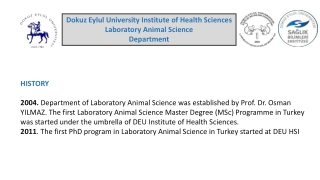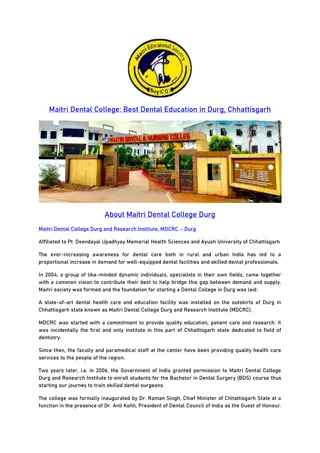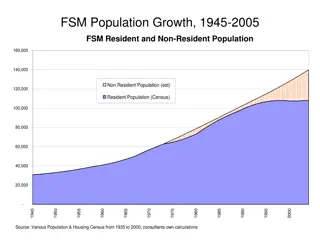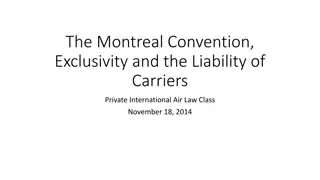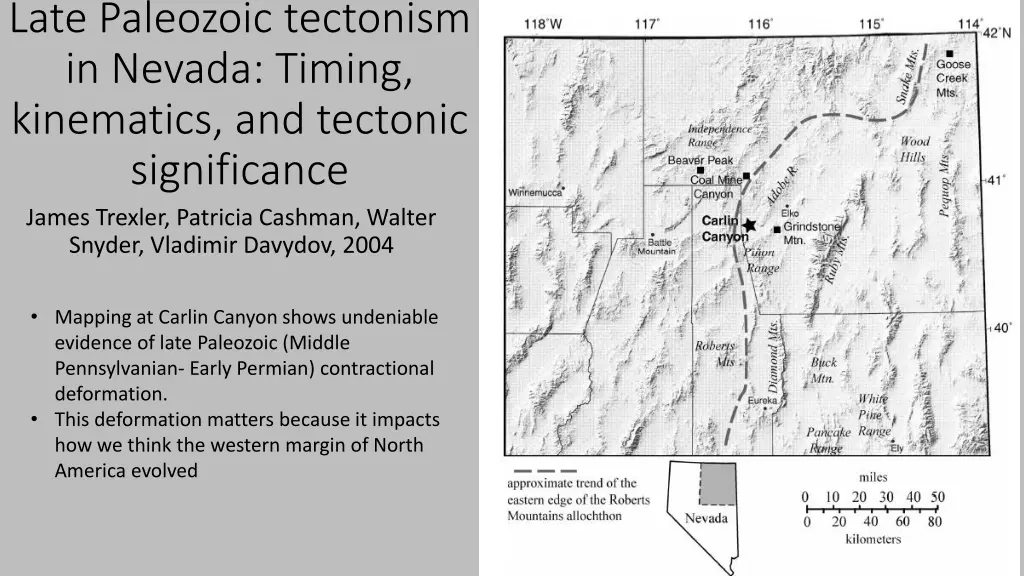
Understanding Late Paleozoic Tectonism in Nevada: Insights and Significance
Explore the timing, kinematics, and tectonic importance of late Paleozoic tectonism in Nevada as evidenced by contractional deformation. Discover the geological relations and kinematics of Pennsylvanian and Permian deformations at Carlin Canyon, shedding light on regional events shaping western North America's evolution.
Download Presentation

Please find below an Image/Link to download the presentation.
The content on the website is provided AS IS for your information and personal use only. It may not be sold, licensed, or shared on other websites without obtaining consent from the author. If you encounter any issues during the download, it is possible that the publisher has removed the file from their server.
You are allowed to download the files provided on this website for personal or commercial use, subject to the condition that they are used lawfully. All files are the property of their respective owners.
The content on the website is provided AS IS for your information and personal use only. It may not be sold, licensed, or shared on other websites without obtaining consent from the author.
E N D
Presentation Transcript
Late Paleozoic tectonism in Nevada: Timing, kinematics, and tectonic significance James Trexler, Patricia Cashman, Walter Snyder, Vladimir Davydov, 2004 Mapping at Carlin Canyon shows undeniable evidence of late Paleozoic (Middle Pennsylvanian- Early Permian) contractional deformation. This deformation matters because it impacts how we think the western margin of North America evolved
Reasons for the present study Evidence for late Paleozoic deformation has long been recognized, but is generally overlooked when discussing the evolution of western North America Paleozoic deformation that has been recognized has been chalked up to being local and not worth further investigation. The authors believe that, given the number of local deformation events, that it is worth investigating whether there is one or more regional events that tie these deformational events together
Geologic Relations at Carlin Canyon Looking north Mapping reveals 3 angular, and 1 not angular, unconformities in the upper Paleozoic stratigraphic section C2- angular unconformity, Mississippian in age, cuts down section to the west C6- cuts down section to the west, originally recognized by Dott (1955) as evidence for Pennsylvanian deformation. Deformation consists of thrust faults and macroscopic overturned folds, northeast plunging. Records contraction P1- cuts down section to the east, Permian deformation. Expresses as open, upright folds, northeast plunging P2- cuts down section to the east. Regional scale unconformity C2 C6
Kinematics of Pennsylvanian and Permian Deformations C2- pre-late Mississippian. Marked by Melandco Fm below Tonka Fm above. Geometry not defined at Carlin Canyon but is regional in extant. C6- post-early Middle Penn. Juxtaposes Tonka, Moleen, and Tomera Fms below the Strathearn Fm. Overturned folding and imbricate thrusting. Northwest thrusting evidence in Duplex Canyon
Kinematics of Pennsylvanian and Permian Deformations P1- post-late Pennsylvanian. Expresses as an unconformity separating lower Strathearn Fm below and upper Strathearn above exhibited as upright open folds. P2- post-early Early Permian but pre-late Early Permian. Separates upper Strathearn Formation below from Buckskin Mtn Fm above. Major unconformity at regional scale
Discussion Authors suggest much of the deformation that is currently attributed to the Antler orogeny could actually be Pennsylvanian/Permian, especially within Antler allochthon During Penn-Perm time several plate boundaries could have affected deformation in this region There must have been an active orogenic belt in the proto-Great Basin, given the well constrained deformation at Carlin Canyon. Key class take-aways: 1. Paleozoic deformation is much more widespread than is recognized in the literature 2. Deformation at Carlin Canyon took place between the Antler and Sonoma orogenies

